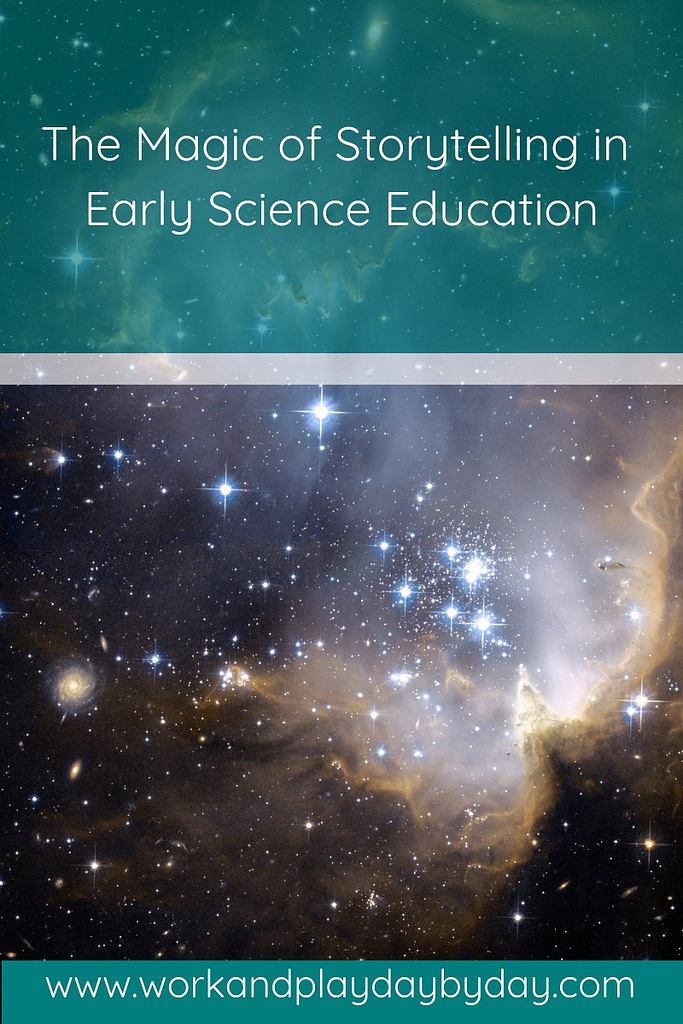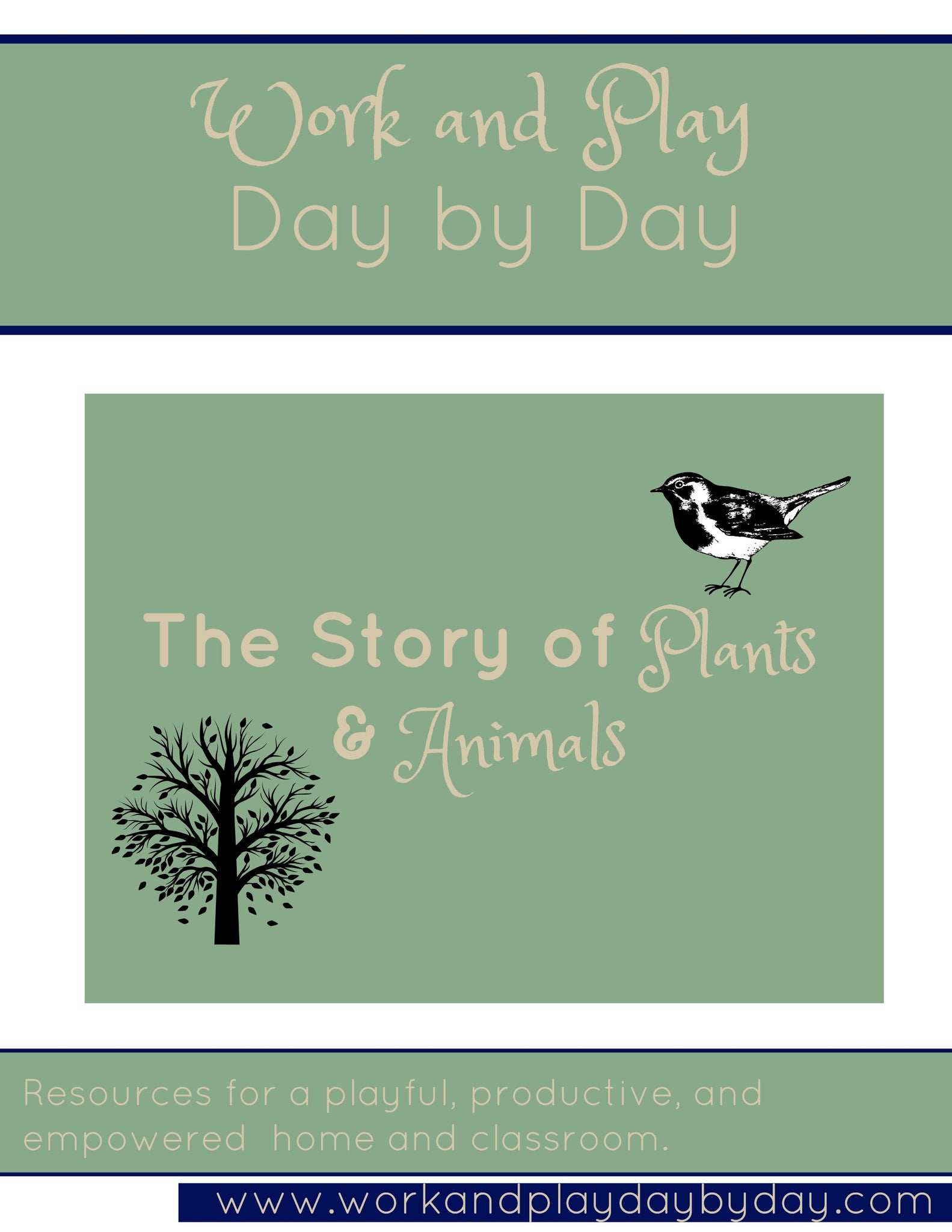
Stories are powerful tools to ignite the imagination of children and aid them in capturing both the facts and the mysteries of science, history, religion, and more. Stories are so powerful that Charlotte Mason harnessed them to create an entire method of education. Modern classical education author, Susan Wise Bauer organized Story of the World as a way to invite children into the mysteries of history.
In the Montessori classroom, stories hold equal importance as they are used to transmit several key presentations. For young children, ages 3-6, this includes several stories of science. Students are invited to a lesson (individually, or more likely in a small group) during which they hear a story introducing them to a scientific concept. The hearing of the story “unlocks” new shelf works they are then invited to complete.
As stories are presented and shelf materials explored, students build scientific knowledge that leads to the next story and another set of materials. In this way, young children come to be intimately familiar with the organization of the natural world.
Ideally, each Montessori teacher will compose her own story for each of these lessons. In order to assist homeschool families in the implementation of Montessori, however, I am now publishing my own stories. Each story includes the story script, printable follow-up materials, and suggested additional activities.
Printable materials cannot substitute for the experience of taking a nature walk or exploring the backyard to identify and classify the living world, but these stories provide a way to introduce technical scientific facts into a child’s natural curiosity about the world around them.



Recent Comments